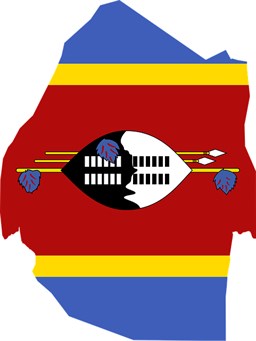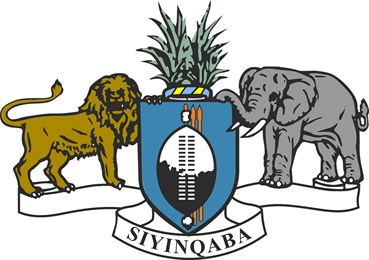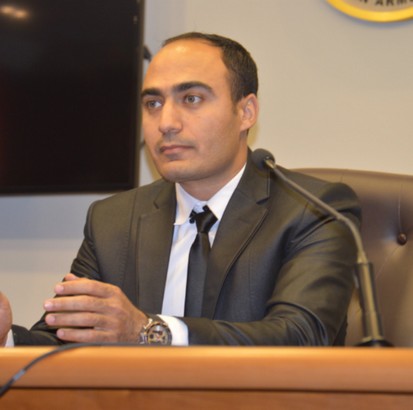Translation and Localization for Africa: The Kingdom of Swaziland
The Kingdom of Swaziland is an African country bordered by South Africa and Mozambique. It is a monarchy and is famous for its wilderness reserves. In this blog, I will cover some brief, but important facts for anyone looking to visit or expand business operations in this African country.
Swazi Demographics
- Mbabane is the capital and largest city.
- Lobamba is the seat of the monarchy and parliament.

- Swaziland gained its independence from British rule in 1968.
- The estimated population is approximately 1.3 million people.
- The people from Swaziland are called Swazi.
Swazi Languages
- The official language is English.
- The most frequently used language is Swati, which is one of the Bantu languages.
- Swati is used in Swaziland and South Africa and is spoken by approximately 2.5 million people.
- 76,000 people in Swaziland speaks the Zulu language.
Swazi Culture
- The current Head of State is His Majesty King Mswati III, who took the throne in 1986.
- 40% percent of Swaziland’s population are a mix of Christian and pagan, 20% are Roman Catholic, 10% are Muslim and 30% are considered “other”.
- The Swazi flag is comprised of a black and white shield on a bright blue, yellow and red background. The shield represents racial harmony and is part of the weaponry of the “Sotja” Regiment of WWII, blue is for the sky, yellow is for gold and red is for the rich fertile soil of Swaziland.
- It is believed that the spirit of a person has a distinct existence. A person’s social status is demonstrated through the opulence of funeral rituals.
Swaziland’s Economy and Future

Agricultural and mineral wealth provides the opportunity to develop a diversified economy. Swaziland’s waters are considered some of the best in South Africa. There are four major rivers: the Komati, the Mbuluzi River, the Great Usutu River and the Ngwavuma River. These rivers provide the water needed to irrigate crops and to generate electricity.
Since the 1940’s, European companies started to invest in planting the mountainous lands in Swaziland with pine trees and eucalyptus and the region today is one of the largest industrial wooded forests in Africa. Other areas of the country are planted with cotton, grapes, rice, sugar cane and tobacco.
The tourism industry continues to gain attention. The rich culture and friendliness of the people make visitors feel welcome and safe. The stunning mountains and valleys, forests and plains, and wildlife reserves make Swaziland very attractive to tourists.
Half of the country’s income comes from the mining industry. Iron, coal, gold, tin, and barite ore (used in the manufacturing of barium and kaolin) are major exports. A large portion of the Swazi people work in the gold mines.
The major drawback of the country is the prevalence of HIV (the highest in the world). But as the country continues to progress, it will likely combat this with investing in advancements in healthcare and prevention.
Conclusion
Although Swaziland is one of the smallest countries on the African continent, its rich culture and agricultural and mineral wealth paired with its picturesque landscapes offer a large potential for investment and tourism. It is a relaxed country, with affordable prices and friendly people.
Sources:
https://ar.actualitix.com/country/swz/ar-statistics-security-swaziland.php
https://www.afran.ir/ar/modules/publisher/item.php?itemid=381
